The cause of pain is not at the location of pain - Part 1
Posted by Paul Zaichik on

As a matter of fact, the cause is usually found on the opposite side of where the pain is located.
Most people are not aware of this concept. So they keep rubbing and stretching and putting ointments on the site of pain.
This concept is most applicable to muscle and tendon injuries.
Let me give you a direct example, so you understand how an injury can form.
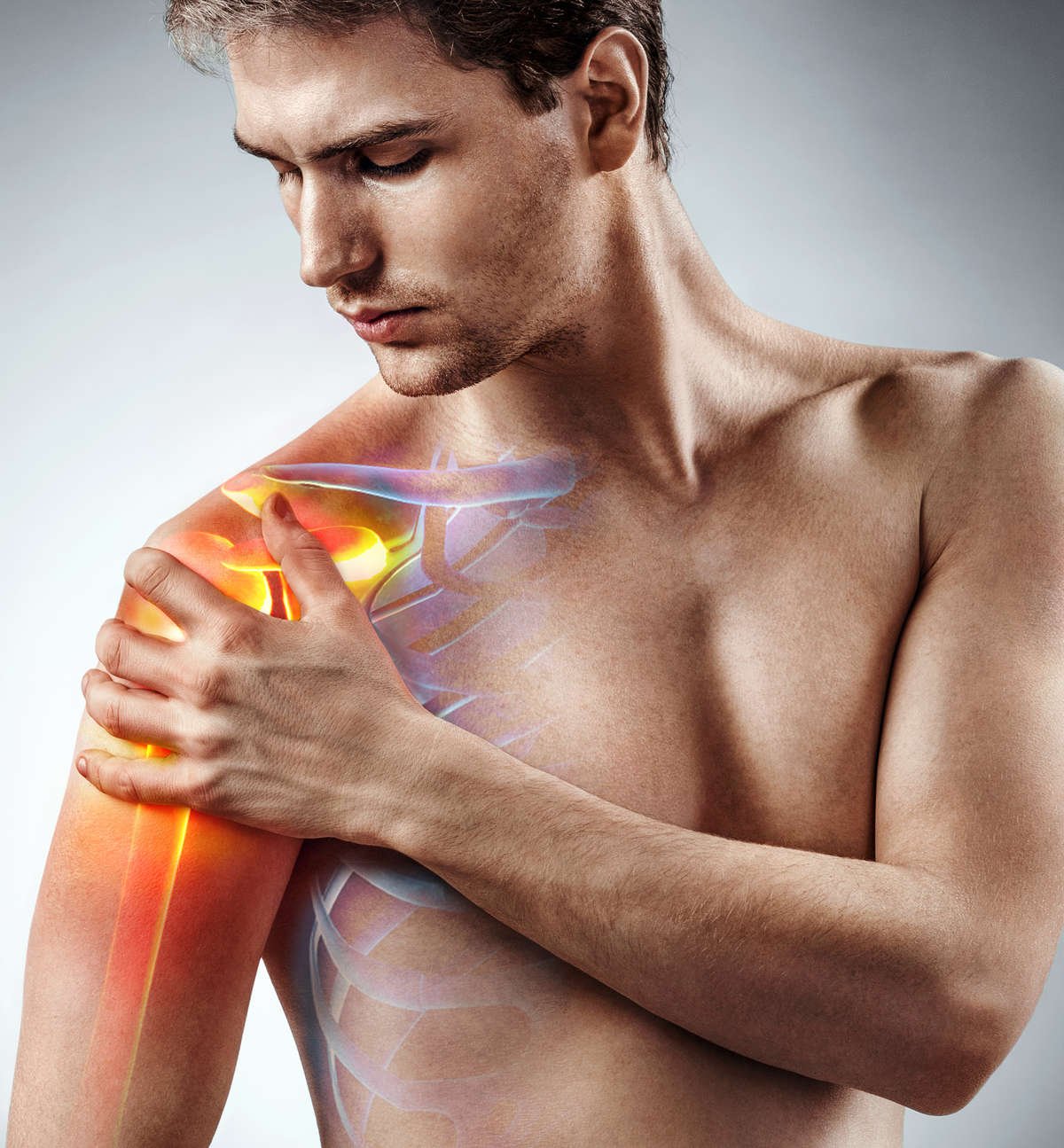
For example let’s say an injury at the front of the shoulder. This injury can appear from lifting the arms forward, or over head - with resistance or even without. Many athletic activities such as throwing, dancing, punching, etc. can be crippled by this injury.
As you already know, an attempt to deal with this pain would be to focus on the site of the injury. And yet, the trauma will keep re-accruing time and time again.
The culprit is the muscles that extend the shoulder (pull the arm down), not the ones that flex it (where pain is).
The culprit is the muscles that extend the shoulder (pull the arm down), not the ones that flex it (where pain is).
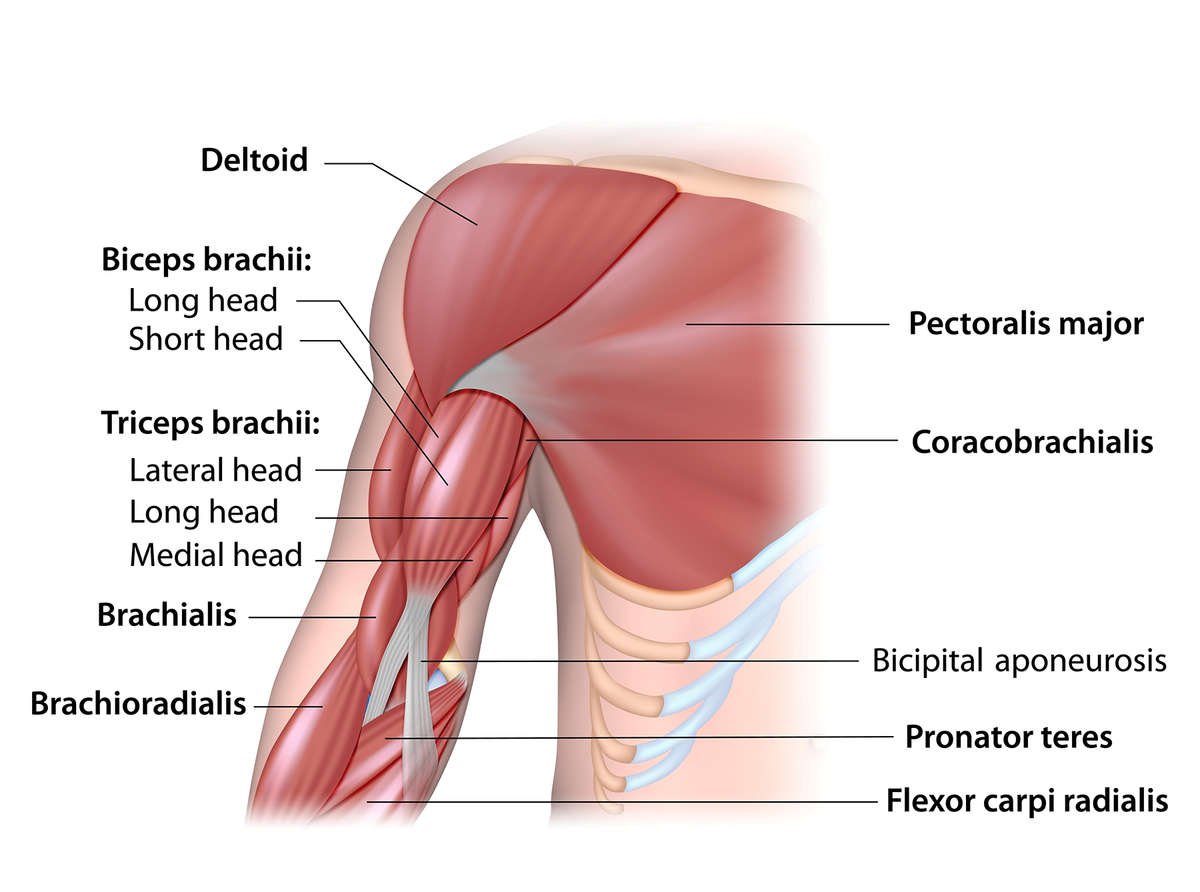
The extensors of the shoulder (Lats, Teres Major, Pectoralis Minor, Long head of the triceps), as well as muscles of the scapula (Rhomboids, pectoralis minor, levator) inhibit the shoulder flexors (again where pain is felt).
In simple terms, by inhibiting them, they make their job of lifting the arm very difficult (they have to fight the resistance). Those tissues in front of the shoulder become very prone to chronic inflammation,and weakness.
More Examples
Another example would be the hip. Depending on the activity and person’s constitution, any muscle group can cause an issue for the antagonist muscle group.
For example:- Tight hip flexors (Psoas, Iliacus, etc) can weaken the glutes.
- Tight quadriceps can weaken and injure the hamstrings.
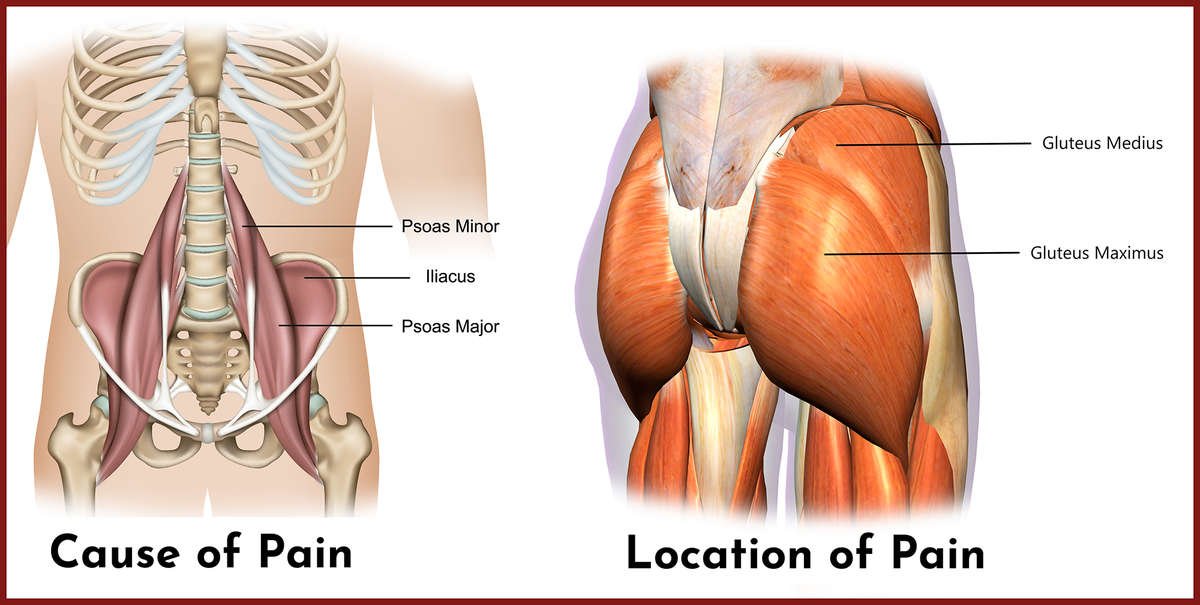

In the next article, I will talk about solutions to the very common culprits of injury presented above.
Pain Management Combo
These are the most important programs you can work on if your stretches hurt, or if your body hurts in general when you are doing the exercises.
What you are getting:
© ElasticSteel Corp., EasyFlexibility, Paul Zaichik, et. El., 2022. No part of the materials available through ElasticSteel.com, EasyFlexiiblity.com, site may be copied, photocopied, reproduced, translated or reduced to any electronic medium or machine-readable form, in whole or in part, without prior written consent of Paul Zaichik EasyFlexibility.com, Elasticsteel.com.. Any other reproduction in any form without the permission of Paul Zaichik EasyFlexibility.com, Elasticsteel.com is prohibited. All materials contained on this site are protected by United States copyright law and may not be reproduced, distributed, transmitted, displayed, published or broadcast without the prior written permission of Paul Zaichik, EasyFlexibility.com, Elasticsteel.com.
Share this post
1 comment

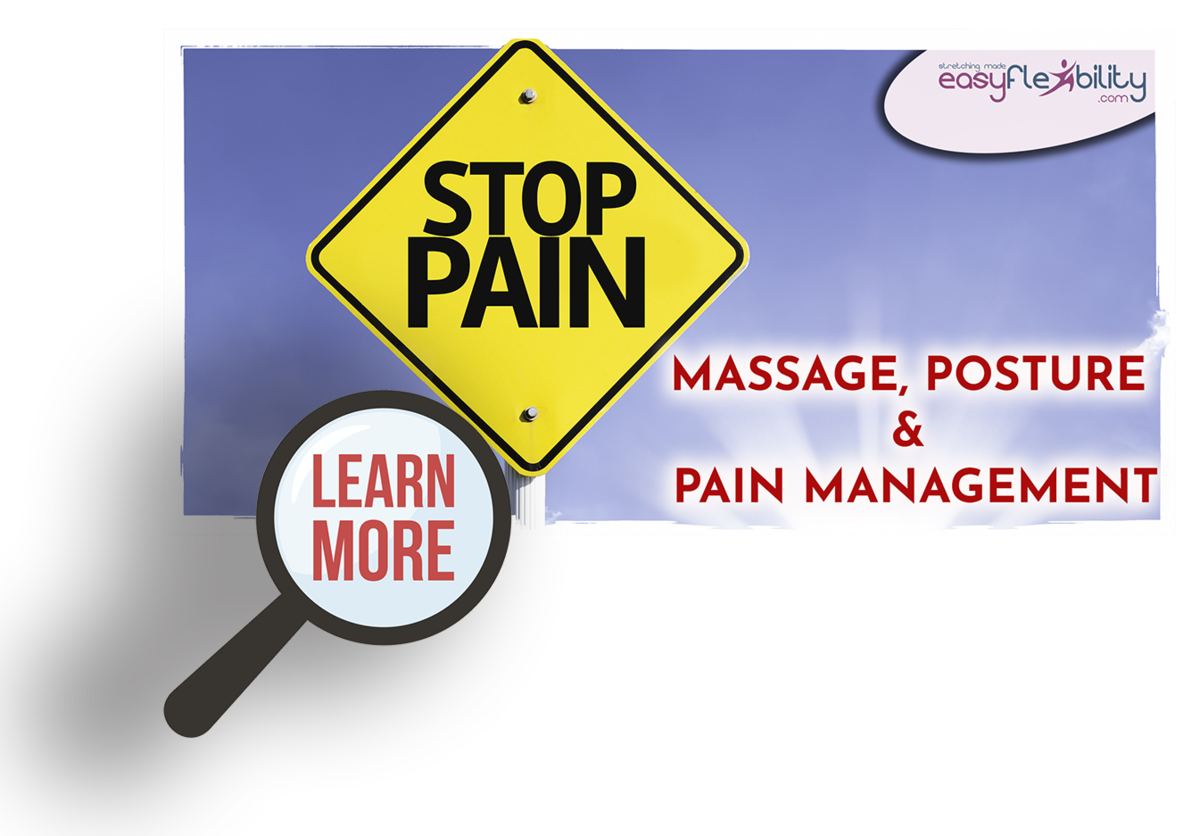


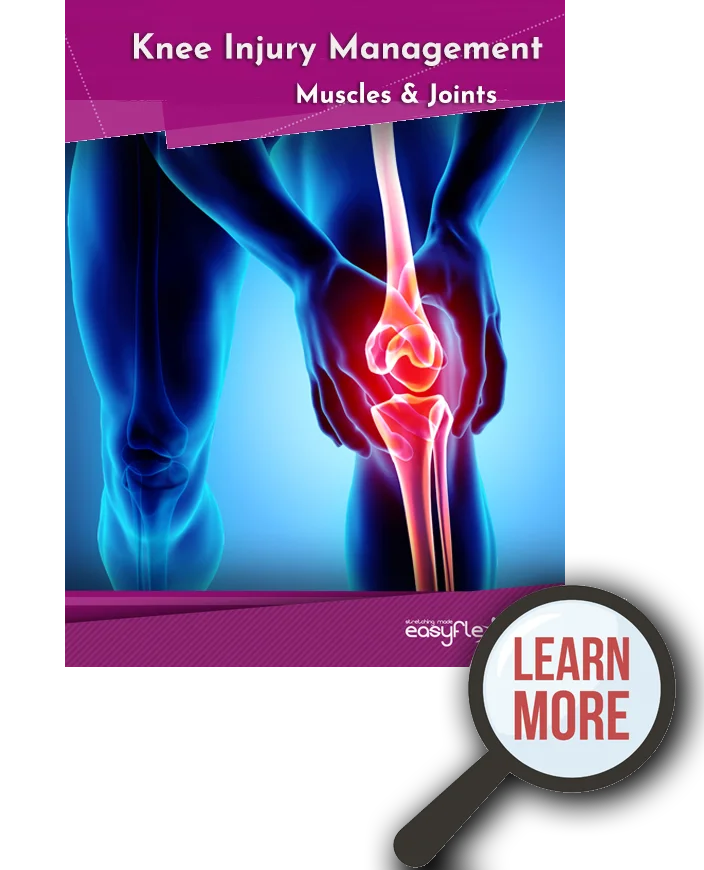

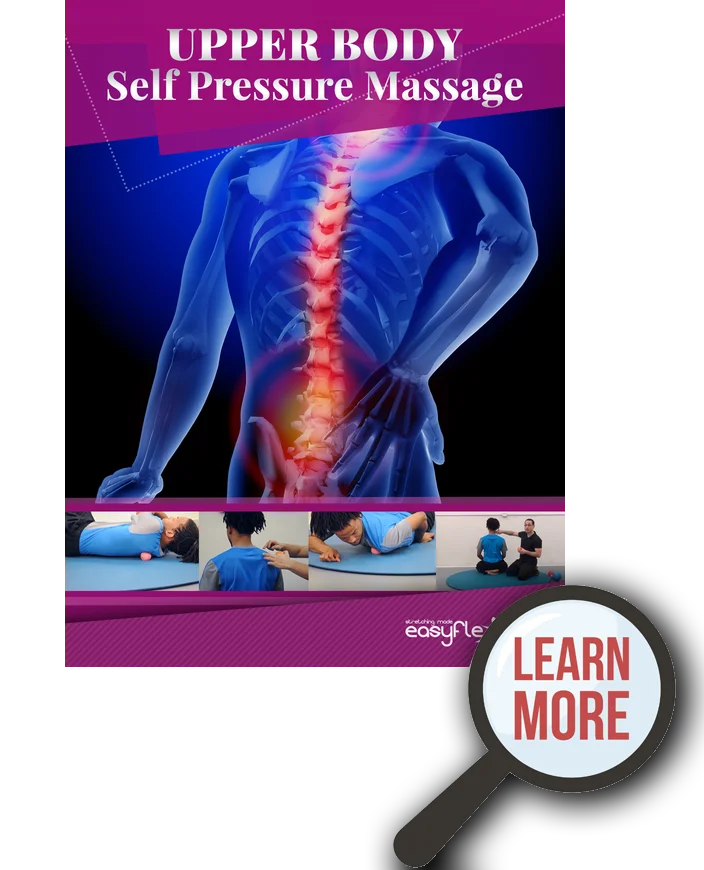
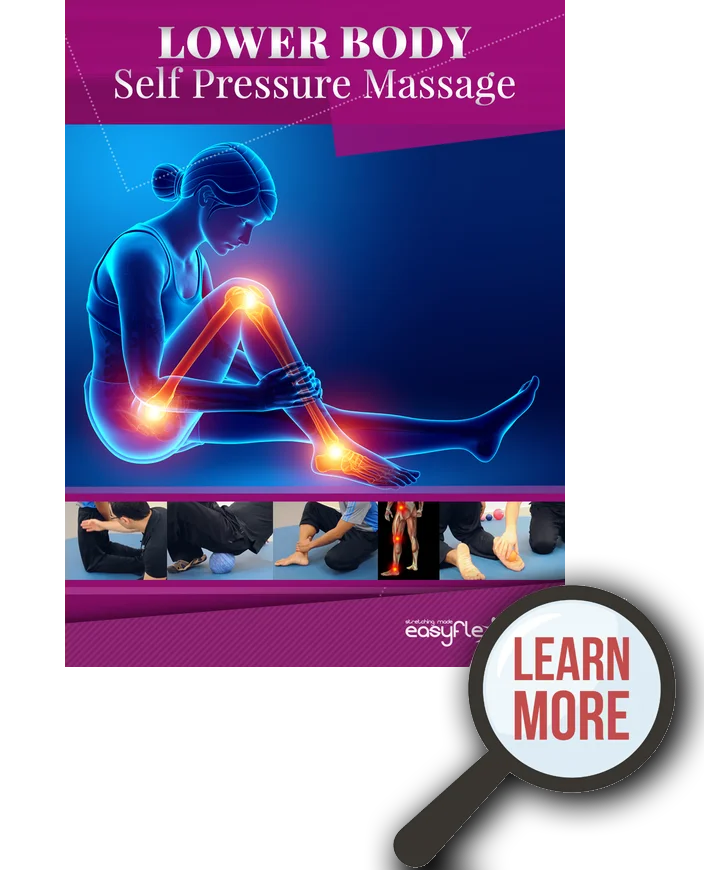
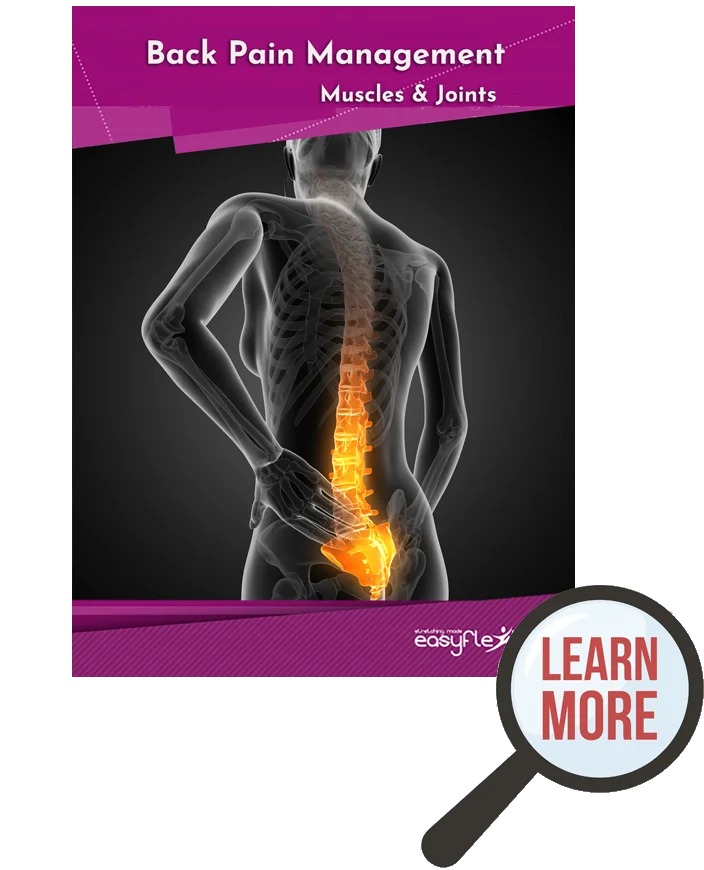
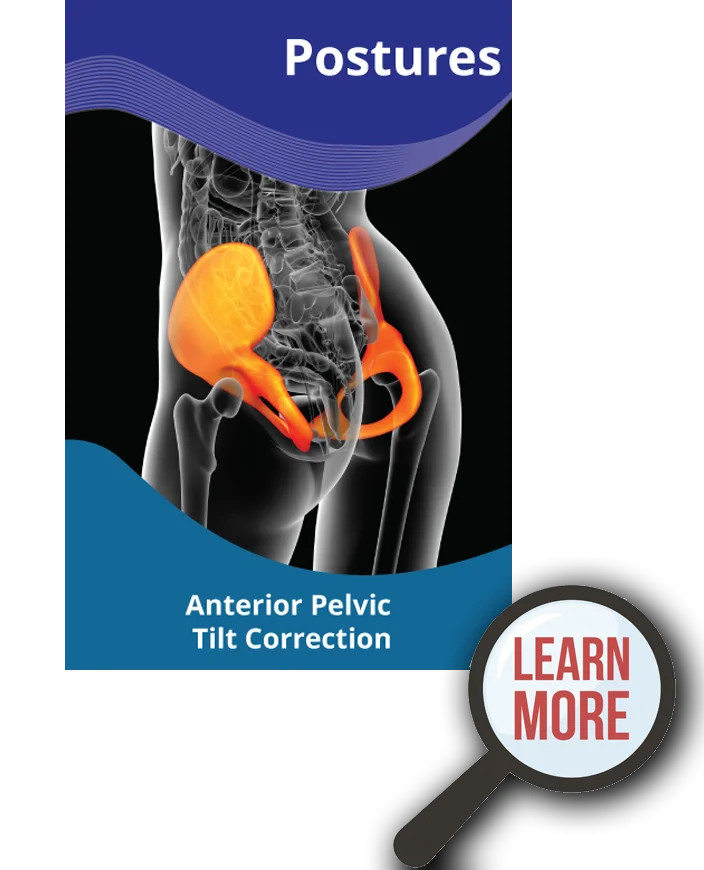
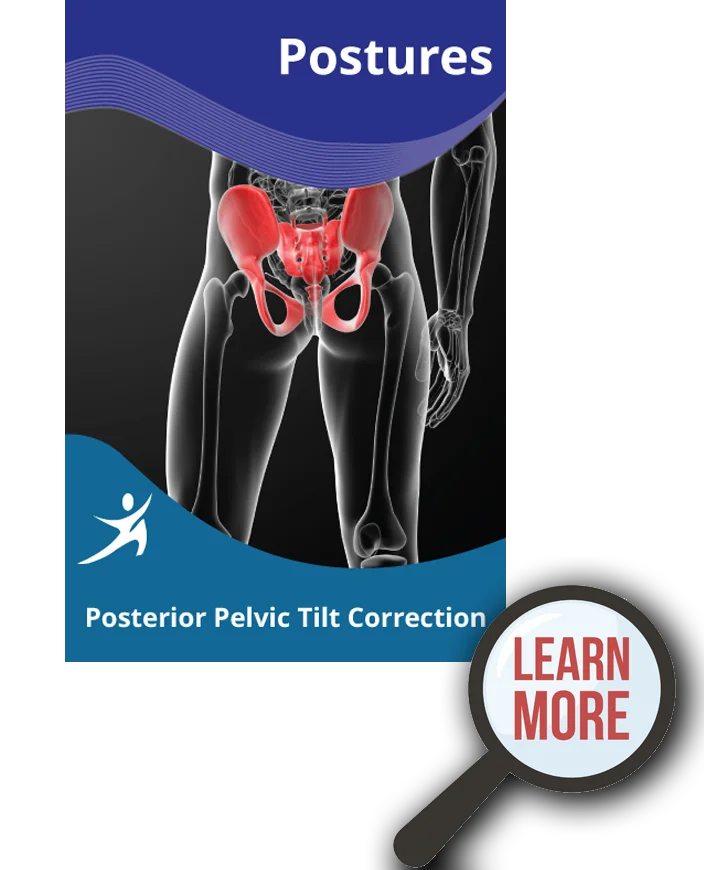
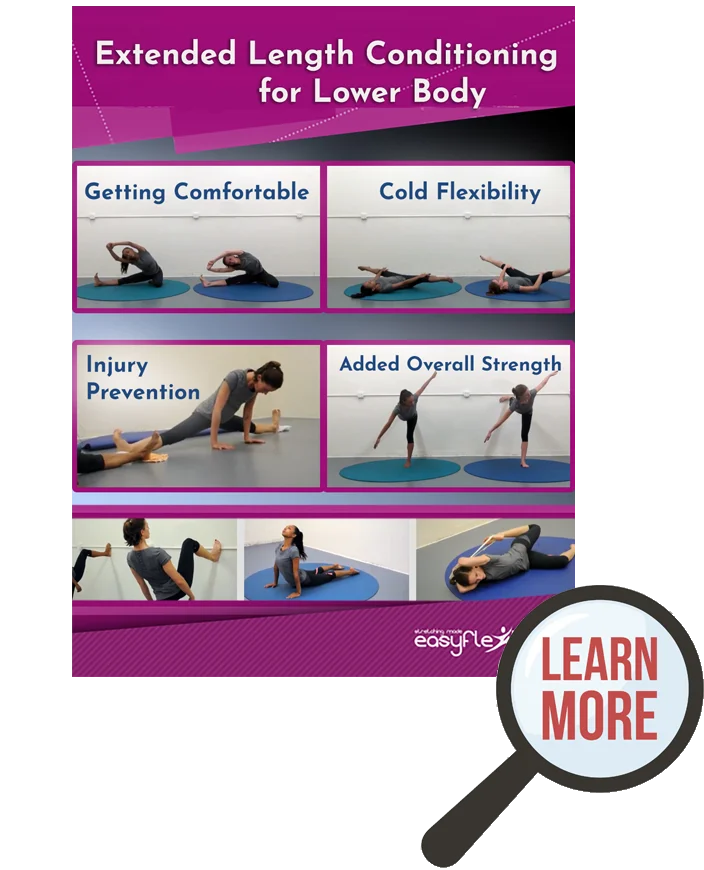
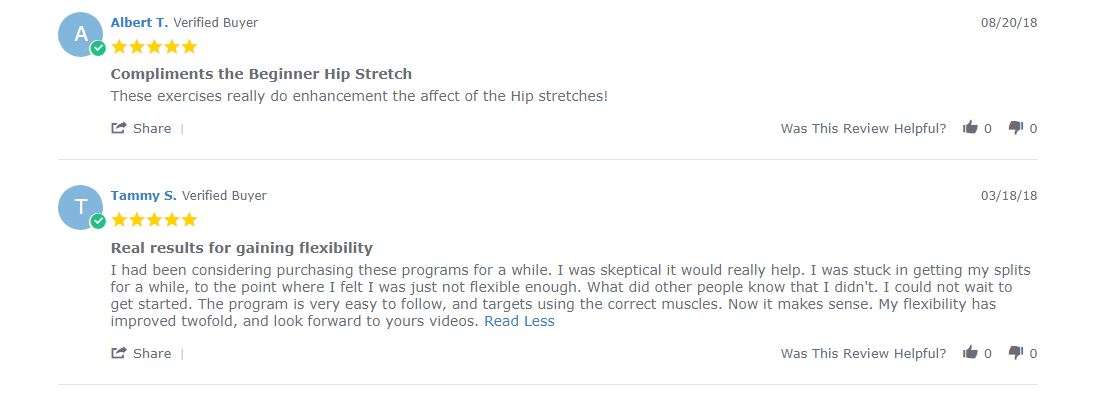

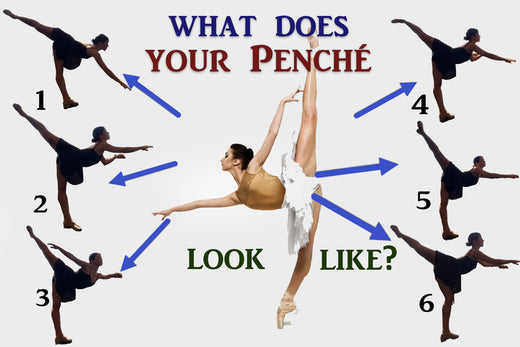

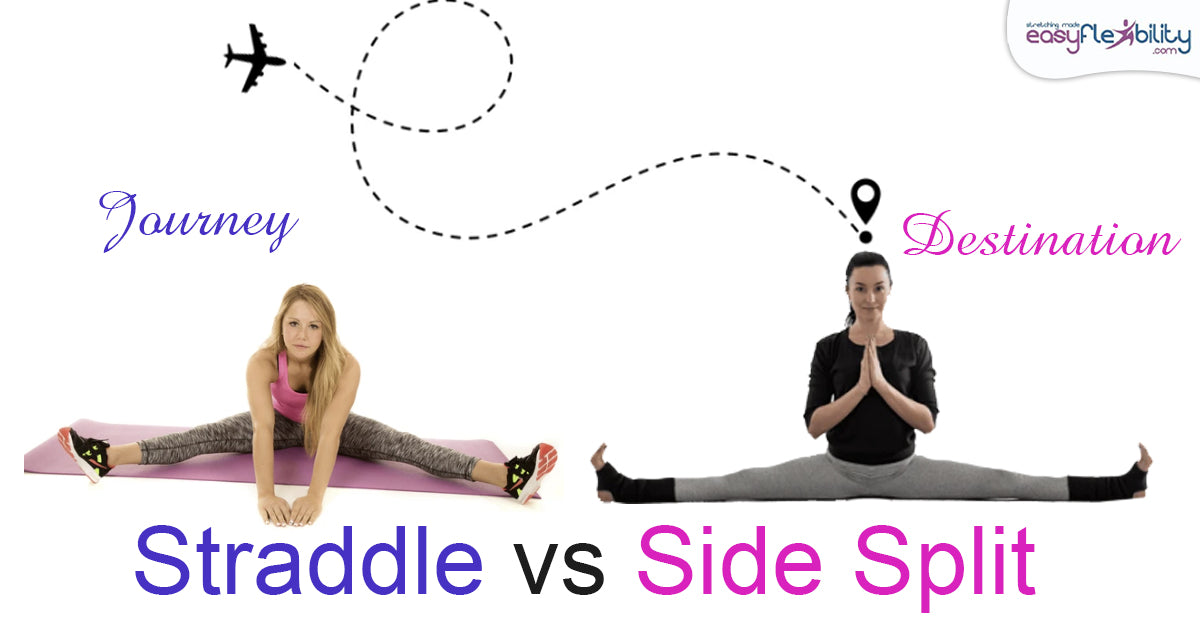
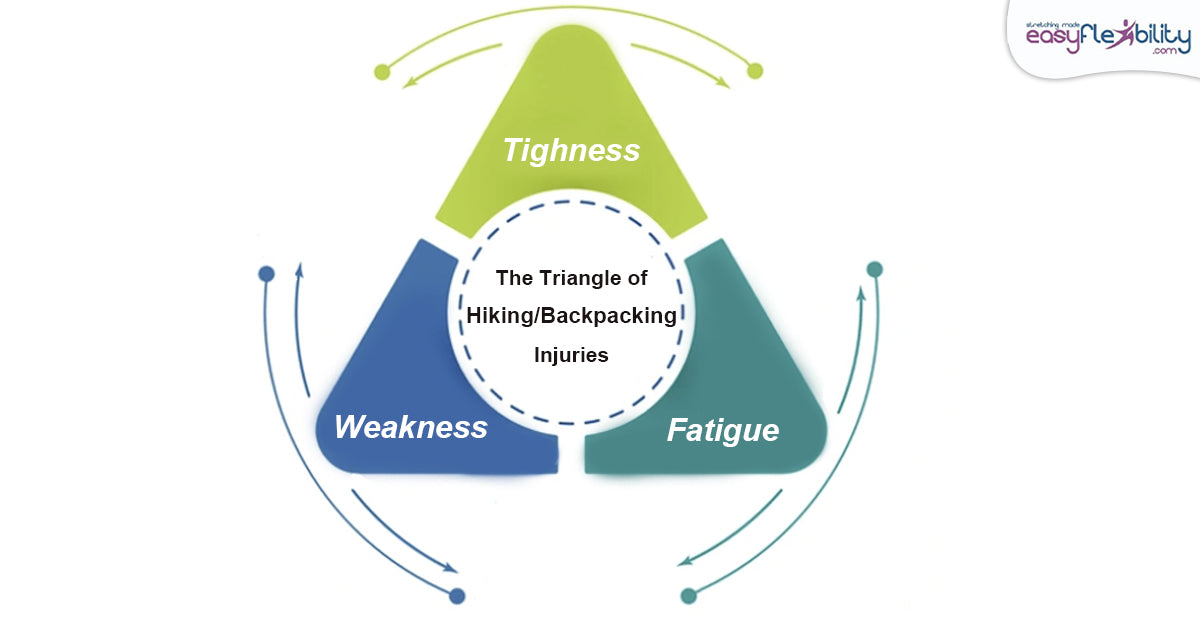
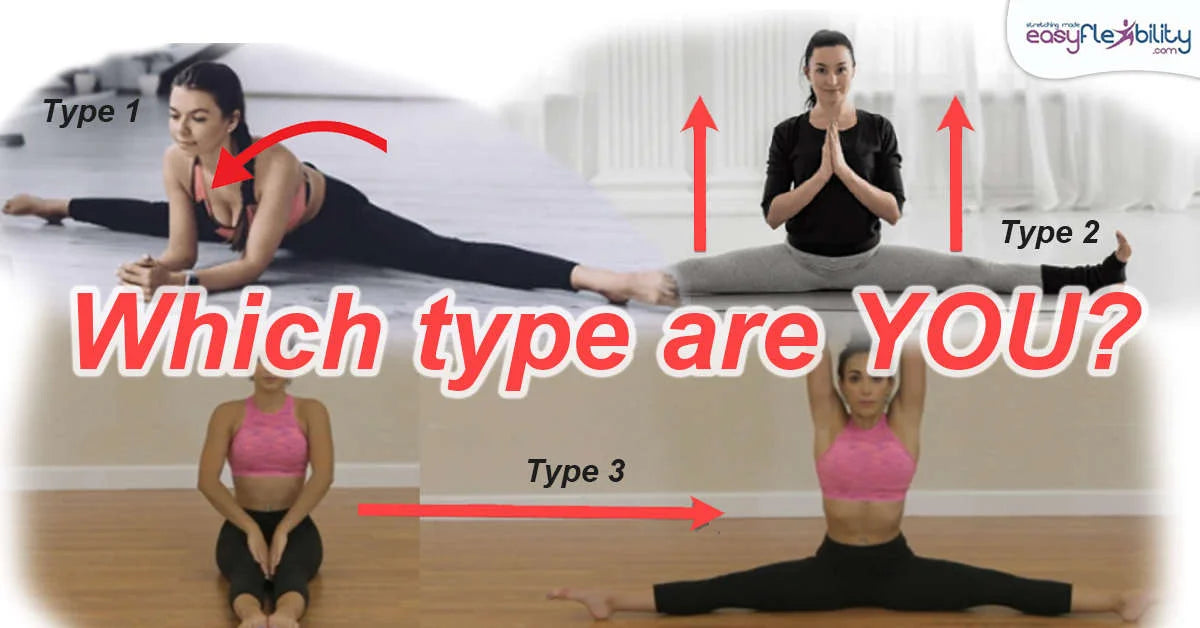
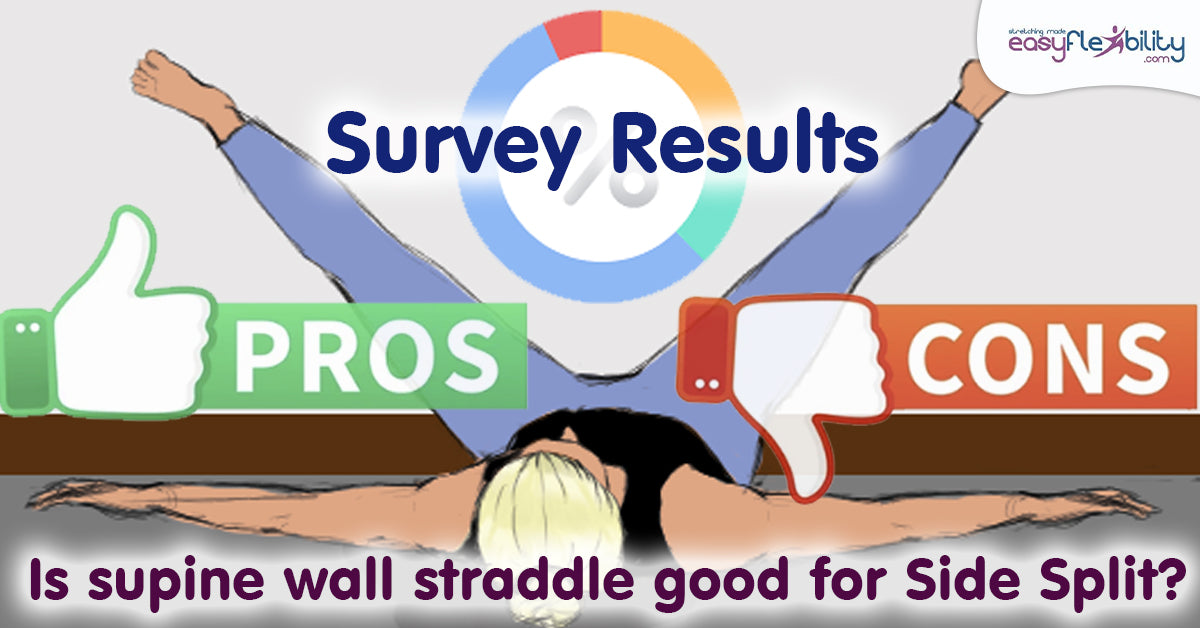
Thank you for sharing this 👍🤗